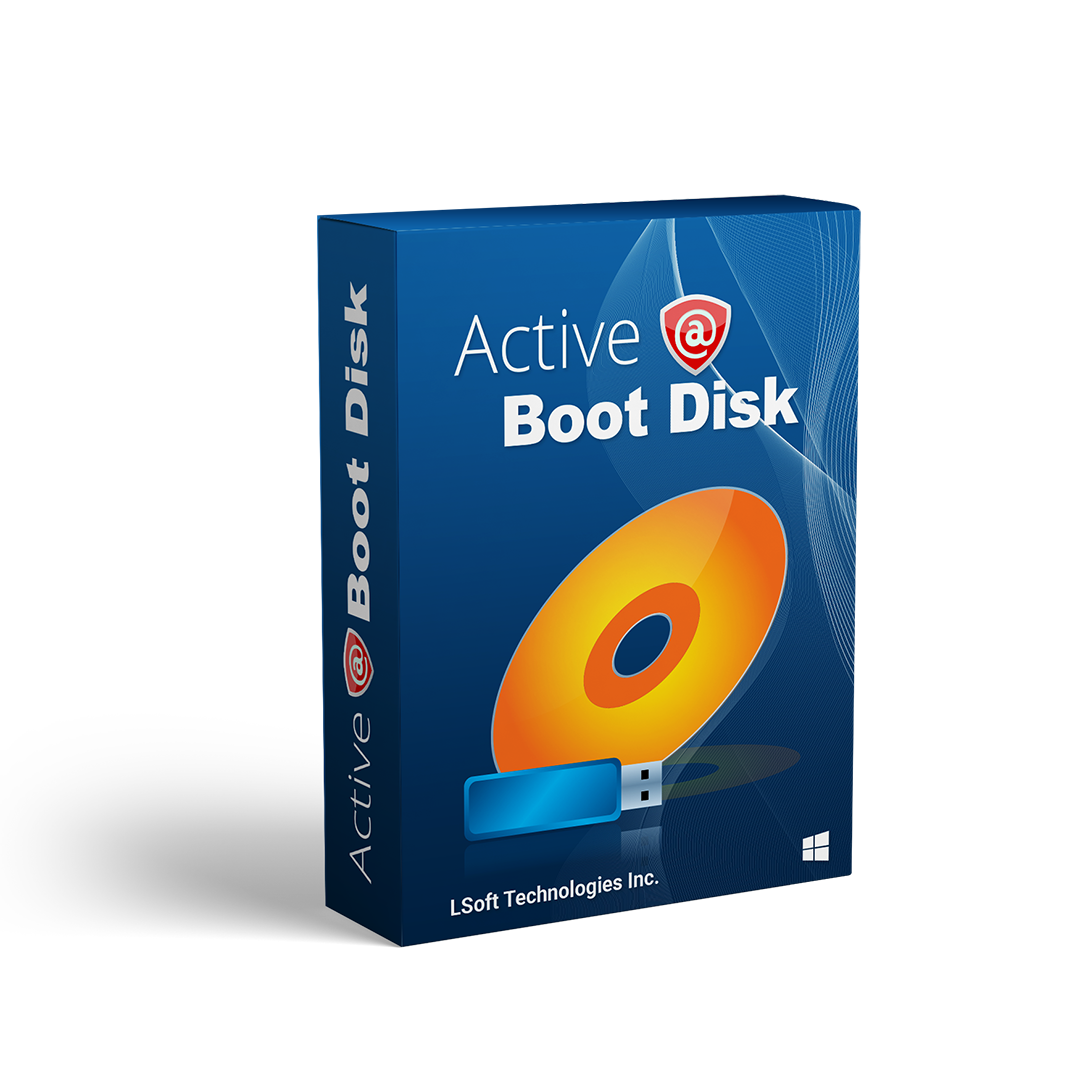The Evolution of FLV Video Formats: A Journey Through Time
Introduction
The history of digital video formats has been characterized by rapid innovation and evolution, and among the many formats that have emerged is the FLV (Flash Video) format. Introduced in the early 2000s, FLV became a dominant method for publishing video content on the web, heralding an era of rich media experiences that were accessible across platforms.
Origins of FLV Video Format
The FLV format was developed by Macromedia, which later became part of Adobe Systems after its acquisition in 2005. The first version of Flash Video was introduced with Flash Player 6 in 2002. This advent marked a significant innovation as it enabled the embedding of videos directly into web pages, reducing the need for users to download separate media player applications.
Initially, FLV was designed for streaming through Flash Player, using the Sorenson Spark codec - a variant of the H.263 standard. Its lightweight nature and ability to stream video over the internet with relatively low buffering time made FLV an ideal choice for web content creators and video hosting platforms at the time.
The Rise and Dominance of FLV
The popularity of the FLV format soared with the birth of video-sharing platforms like YouTube, which adopted FLV as the default format for broadcasting videos on its site. This period also saw the widespread distribution of broadband internet, which significantly augmented users' capacity to stream videos seamlessly.
The usage of FLV was heavily associated with Flash Player, which became ubiquitous across web browsers, ensuring compatibility and ease of access. Besides Sorenson Spark, FLV evolved to incorporate support for more advanced codecs such as On2 VP6 and H.264/AVC, enhancing video quality and compression efficiency.
Iterations and Evolution: Moving Towards Modern Standards
As technology advanced, so did user expectations for high-definition (HD) and high-quality video content. The need for improved video codecs and formats led to significant advancements and iterations within FLV itself and eventually to its displacement by more modern standards.
The ascent of HTML5 video, which provided native support for video elements in web browsers without requiring additional plugins like Flash, marked the beginning of the decline for FLV. HTML5 quickly garnered adoption due to its robustness, improved security, and compatibility with mobile devices.
During this transition, formats like MP4 (H.264/AVC video codec with AAC audio), which offered superior compression and quality, became the industry standard. In this context, FLV served as a foundational technology that paved the way for more versatile and advanced video distribution formats.
Recover FLV Files with Active@ UNDELETE
Despite the obsolescence faced by FLV, the importance of data management and recovery remains. This is where software like Active@ UNDELETE plays a vital role. Active@ UNDELETE is designed to recover lost or corrupted data from any file format, including FLV files. Capable of recovering deleted files, partitions, and data from any file system, it proves itself invaluable in data preservation efforts.
Embedded in boot disks such as Active@ LiveCD and Active@ Boot Disk, Active@ UNDELETE allows users to recover data independently of the operating system. The software's File signatures feature is particularly noteworthy, as it identifies and recovers files based on their unique data signatures even if the file system itself is compromised. Thus, users dealing with FLV files can rest assured that their data remains retrievable under almost any circumstance.
Conclusion
The history of the FLV video format is a testament to the rapid technological advancements in digital media and the constantly evolving demands of both creators and consumers. Originally developed by Macromedia, FLV catalyzed a revolution in video streaming through efficient web delivery and widespread compatibility. Over time, the emergence of superior formats and technologies spurred its decline, making way for advanced solutions like HTML5 and MP4.
Nevertheless, the legacy of FLV persists, and its contribution to digital media remains significant. As modern formats continue to innovate, tools like Active@ UNDELETE ensure that regardless of format evolution, data integrity and recovery are preserved. This capability is crucial for professionals who strive to maintain comprehensive archives of their digital content. As we move towards a future where data is ever more critical, the assurance provided by robust recovery solutions underscores the value of preserving the past, preparing for the future, and embracing the ongoing transformation in digital media technology.
Software used in the article:



